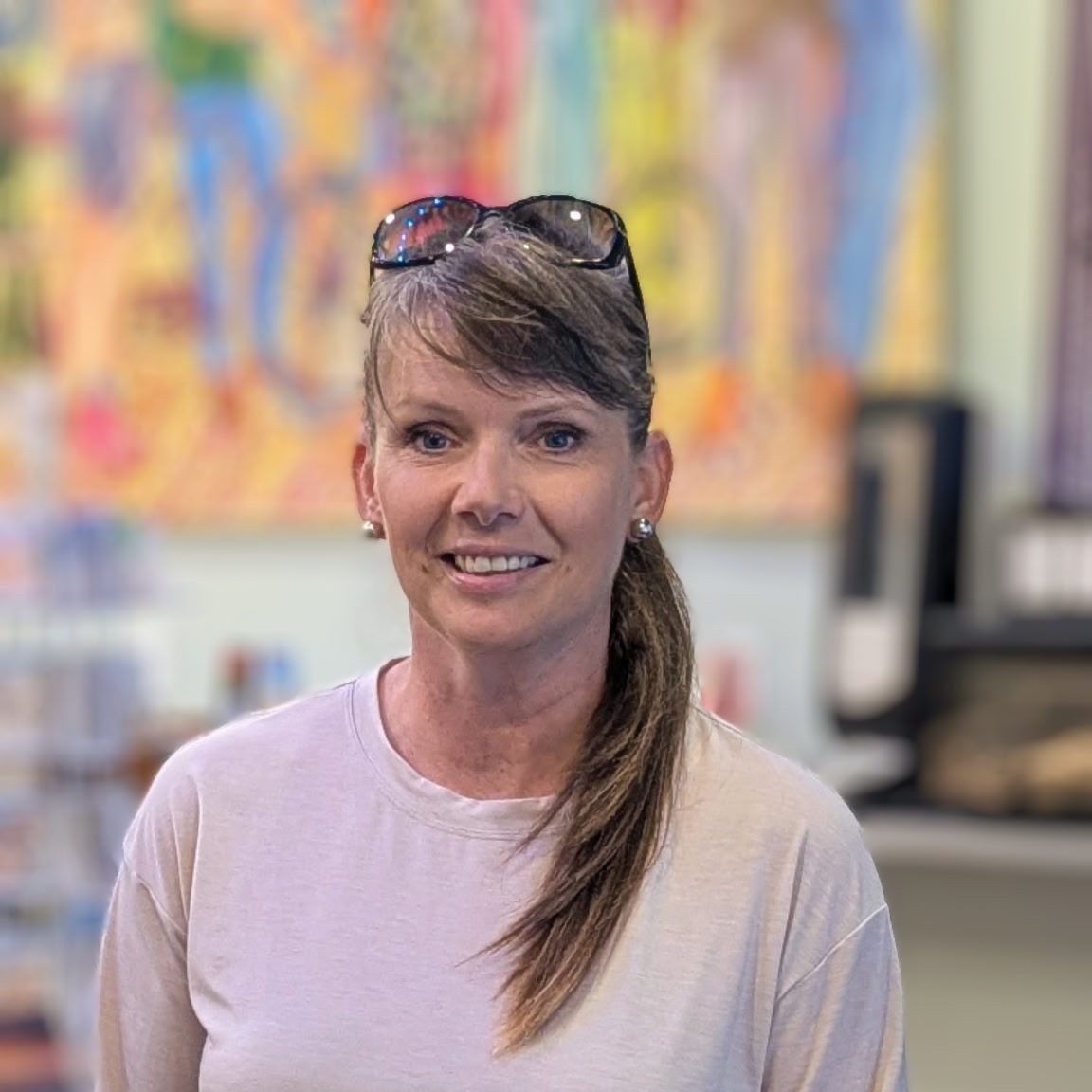
Like so many little girls, Barbara Haines dreamed of becoming a ballerina. At the age of 6, after seeing a ballet performance on TV at home in Budapest, Hungary, she asked her mother for ballet lessons. The ballet master at the Kálmán Nádasdy Conservatory, Adél Orosz, gave her a one-month trial, and with a natural gift, she excelled. A fun fact I learned while having coffee with Barbara: Budapest is divided into two sides, which are connected by seven bridges. She was born on the ‘Buda’ side, which she described as scenic and natural, while the ‘Pest’ side, on the other hand, is more urban and industrial. The Conservatory was on the ‘Buda’ side.
At the tender age of 14, she was accepted into the Art Conservatory of Pécs, where she completed her advanced studies and received her performing certificate at the age of 18 (1993) as a professional ballerina. While waiting for a diploma program to open at the Hungarian Dance University, she received a contract at the National Theatre of Hungary (1993-1996), where she performed in familiar classical productions such as the Nutcracker and Coppélia.
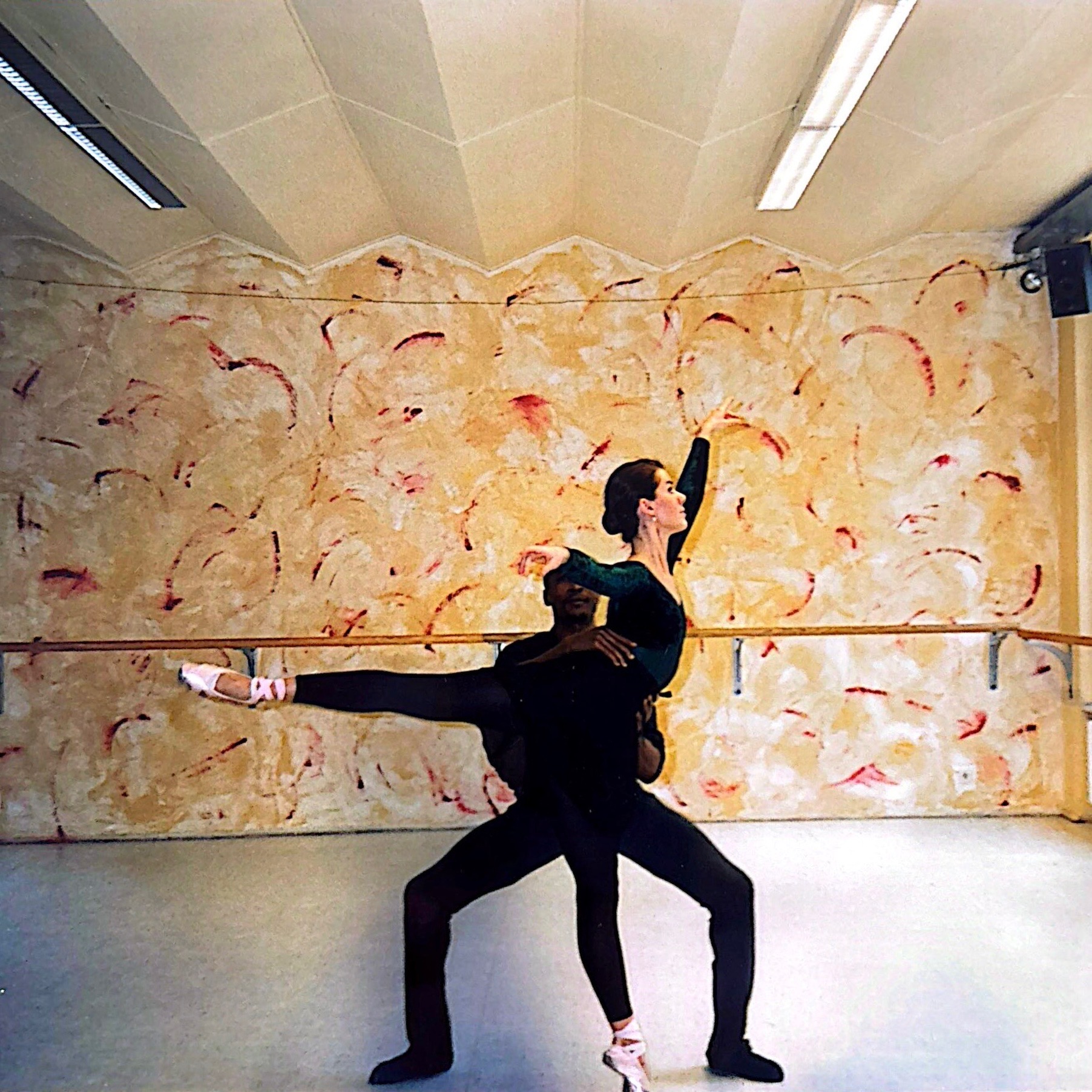
Later on, Barbara was hired by Hungary’s most renowned choreographer (Iván Markó) to rebuild his once-lost company with daring modernism when she entered university. When Markó created his own version of Bejàrt’s most famous choreography, Bolero, it awakened Barbara’s interest in the movement of the body and Nijinsky’s long-lost The Rite of Spring choreography.
This influenced not only her dance career, research but also her continued interest in teaching. She decided to put her pedagogy studies on hold so that she could seize an upcoming opportunity to join a touring company based in Basel, Switzerland, that features Broadway musicals, much like The Phantom of the Opera. “I eventually went back to Hungary and, while teaching at the Olympic Rhythmic Sport Gymnastics team, I received my diploma (BA) in Classical Ballet Pedagogy (Vaganova) and Cultural Studies in 2004. Barbara’s resume is ten pages long, and her professional credentials are impressive.
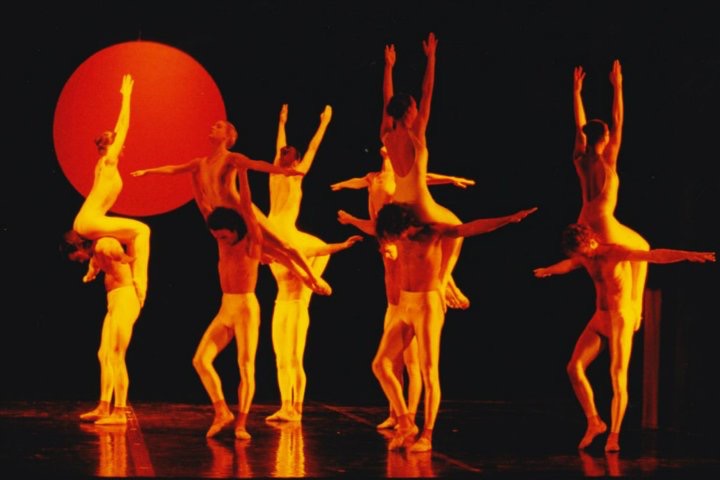
How in the world did she end up in Point Clear, Alabama? “My friends sent me on a blind date with a guy named Kenneth Eugene from Mobile, who was in Yugoslavia working as an architect/engineer with the company, KBR, Kellogg Brown & Root. He was a golfer, and our second date was on a golf course. I knew nothing about it, so I quickly got a lesson.”
They married and moved to Point Clear in 2004 to help care for Kenneth's ill mother. They intended to return to Europe, but chose to stay and raise their two daughters bilingually. Barbara walked into my dance studio, Creative Outlet Dance Center in Fairhope, in 2007, and without hesitation, we asked her to teach. I hadn't seen her in years until last week, when I ran into her at McKenzie's Farm Market, and I was so glad to reconnect with her over the tomato table.
A lifelong learner, she went back to school to study Benesh Movement Notation (MA) for Ballet and became a registered and certified choreologist in 2023. BMN is a system widely used for the recording and restaging of dance works. It is a tool for analyzing movement, rhythm, and phrasing, as well as for teaching the structure of dance. Further, it provides the opportunity to accurately record choreographies and preserve dance heritage, especially those created by master choreographers like George Balanchine or Vaslav Nijinsky.
Her PhD research on this subject has been accepted at the Transart Institute - John Moores University in Liverpool, UK. Titled “Voice & Vision: Mapping One Artist’s Vision Who Gave Voice to Modernism in Choreographic Art, and I thought she was just a ballerina!
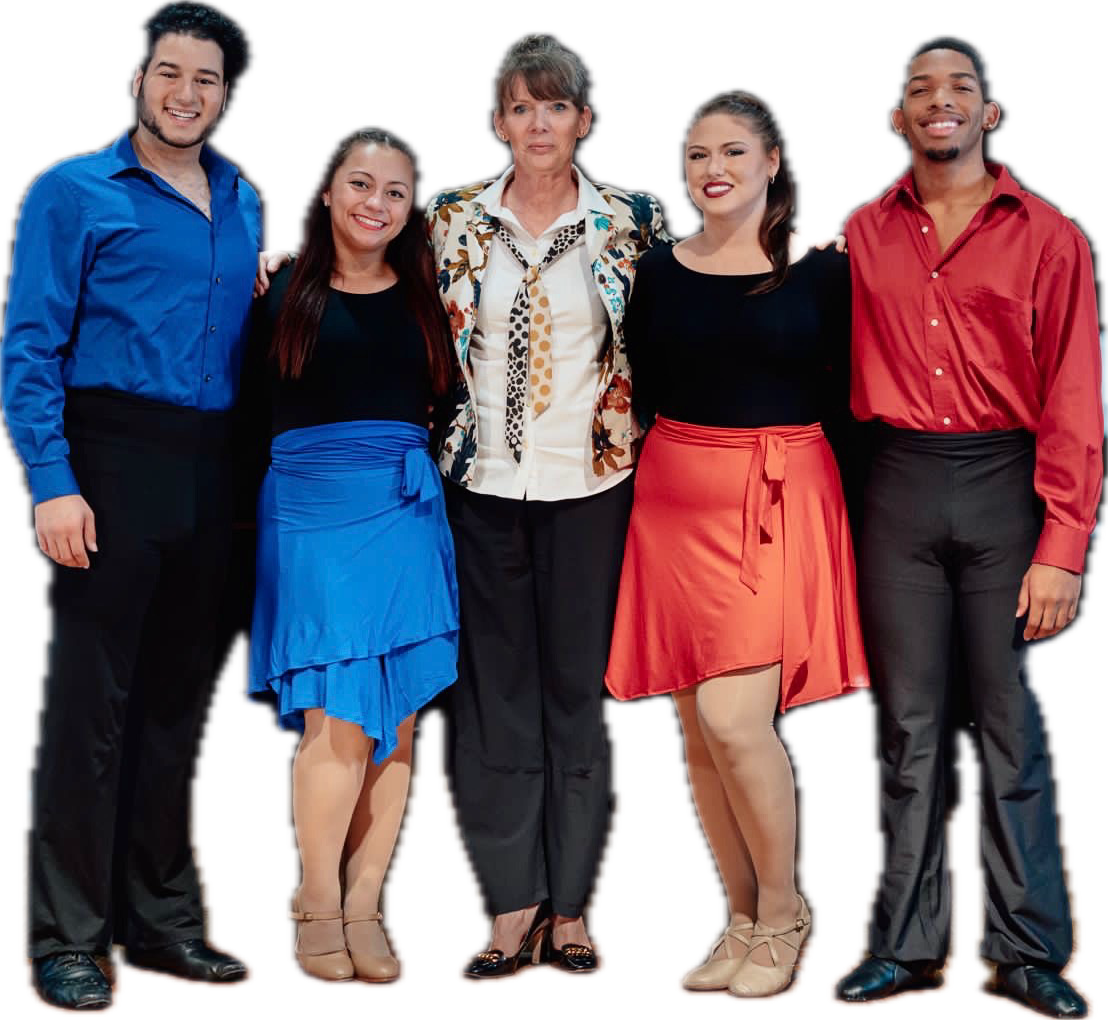
Traveling all over the world, she studied various forms of cultural dance, from the Aborigines in Australia, the Poarch Creek Indians in Atmore, to the Nomads in Kazakhstan, and participated in artist residencies to understand what dance is as an art form, where context becomes a living experience.
“The core of my research is dance, where the lines of movement have expanded over the course of my career from stage works to drawn textures in felt. My future aim is to form an ”atemporal language,” one that would motivate students beyond the quotidian.”
Her artist statement reads,” The multidimensional vision brought the contextual layers of texture, color, material, light, movement, and sound to an aesthetic enclosure where Haines realized it's impossible to separate all these instances.” To see these beautiful works, visit https://bghfelt.weebly.com.
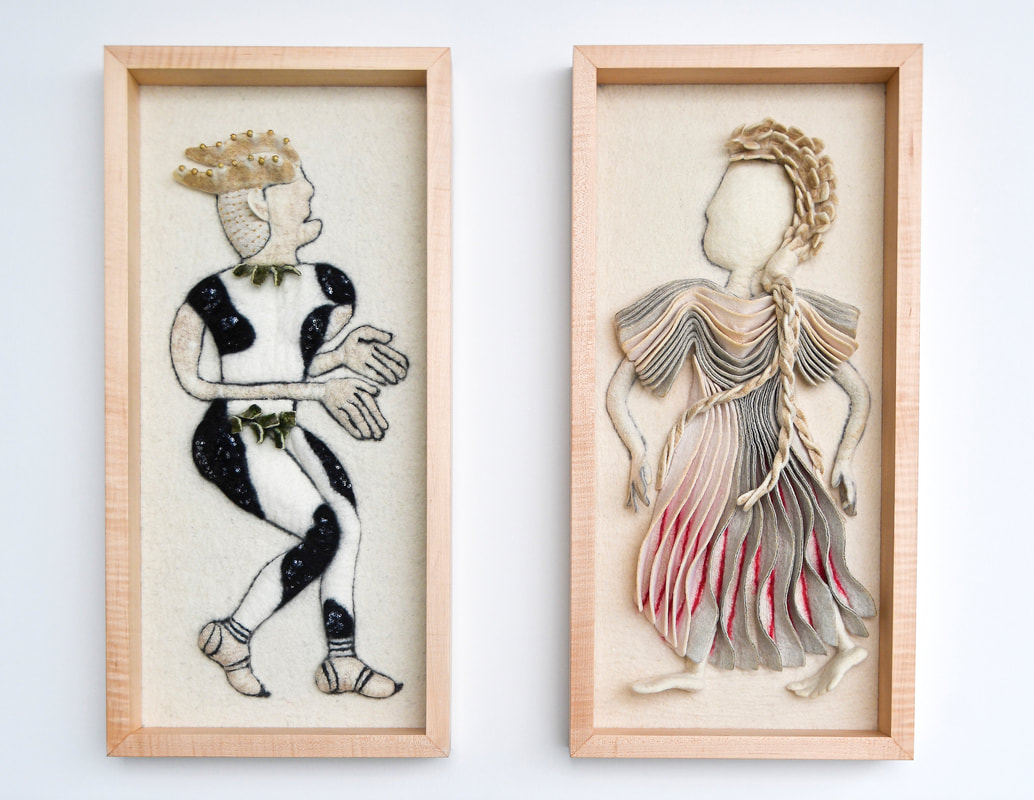
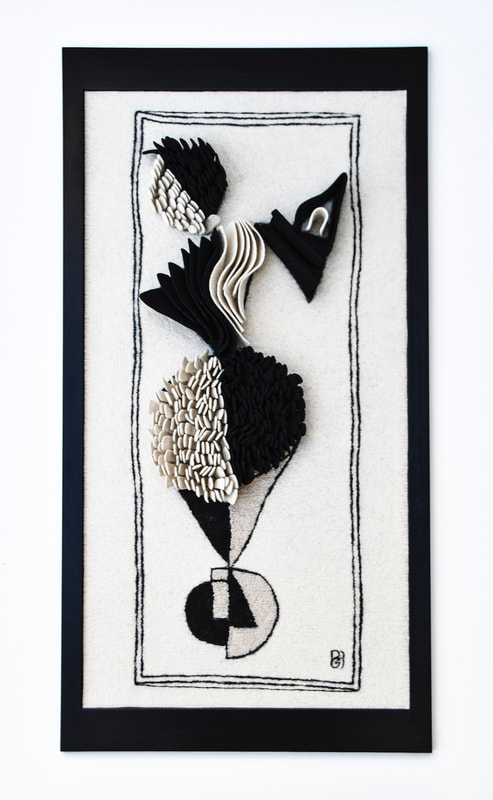
As if she’s not busy enough, Barbara is the Ballet Master at the University of Mobile's Musical Theater Department, where she instructs 16 weeks of intensive courses for undergraduate, graduate, and doctoral students with a focus on the Vaganova Methodology, Progressing Ballet technique, Dance History, Classical Variations, with elementary reading skills in dance notation.
“My classes are not easy. Students are immersed in a unique blend of traditional dance training and cutting-edge AI 3D technology. “AI is transforming the way we think about dance, and we are at the forefront of that change.”
Barbara’s invaluable experience from her professional dance career paved the way for her to establish a comprehensive alternative movement therapy at her home studio in Point Clear called The Fifth Line. There, she designs and delivers alternative custom sessions for individual needs through an extensive conditioning and rehabilitation program specialized in dance injury/conditioning, osteoporosis, scoliosis, hip and knee oriented, shoulder / pelvic application, and pre- and postnatal conditions.
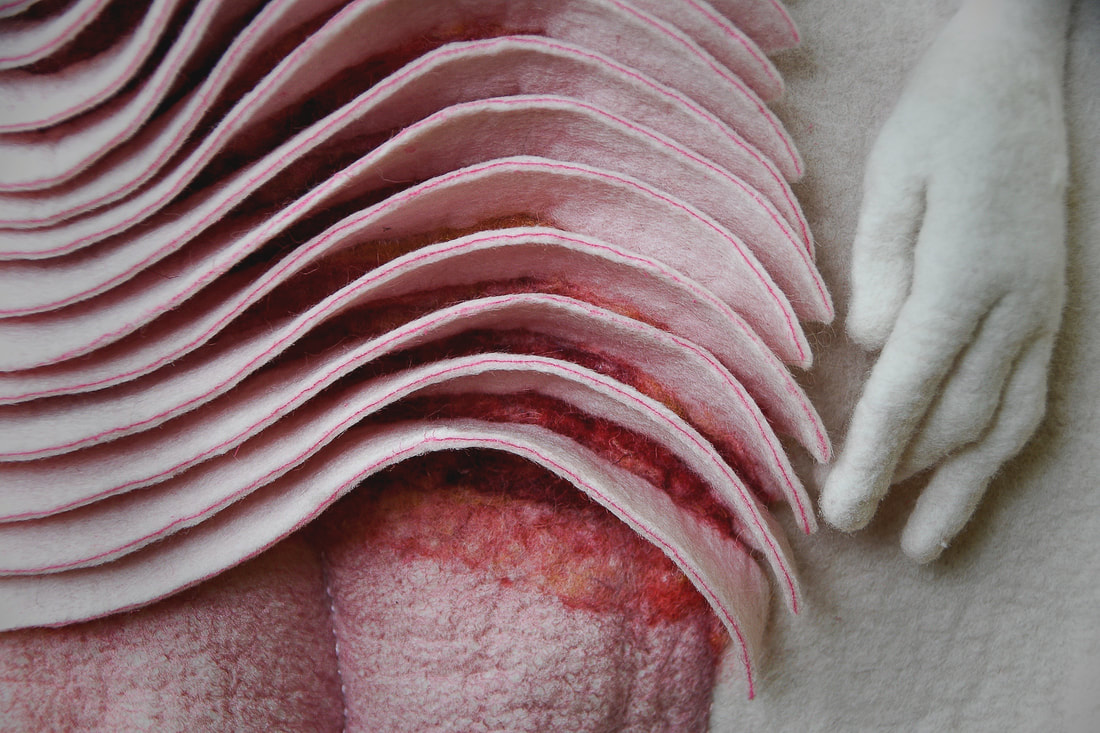
One daughter is off to college this fall, and her younger one will graduate from Bayside Academy in a few years. When they are out of the nest, she and Kenneth will most probably return to Europe. “I can notate choreography from anywhere I live.”
I imagine with her intellect, artistry, and drive, she will continue to travel and research the many interdisciplinary art forms on the world stage. What a pleasure it was for me to be in the presence of such a brilliant and beautiful lady!
























